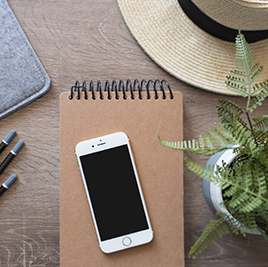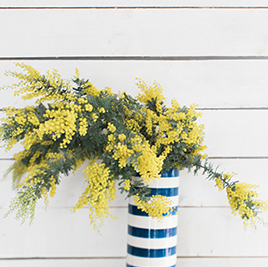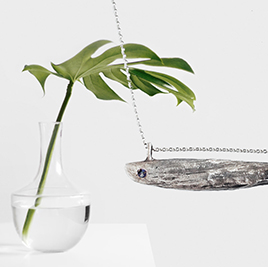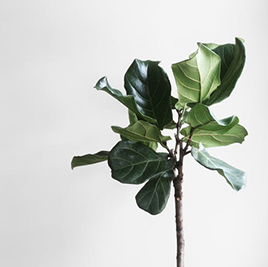Easy Tips For Kids On Learning How To Bike

Easy Tips For Kids On Learning How To Bike
Have you ever wondered
how to educate your child to ride a bike? There is an easy and stress-free way
to teach your child to ride a bike, regardless of whether they have never used
a bike before, are ready to take off their training wheels, or are having
trouble switching from a balancing bike to a pedal cycle. It doesn`t require
training wheels; you don`t have to follow them while holding onto the bike
saddle.
Some children require
assistance with every process step, while others only need help with the
forward pedaling motion. There are two distinct issues here with two different answers!
This article will clear out many such problems in a while.
When Can A Kid Ride
A Bike?
There is no ideal age
to begin learning to ride a bicycle. The child`s physical and mental
development, degree of comfort, and coordination will all affect the time. You
may wait until they are more prominent if they lack the strength to pedal, or
you can introduce them to balance bikes, which help them practice coasting and
balancing by pushing the bike along with their feet. This is a technique that
even very young children may start. But the most important thing is if they
desire to become bike riders. You might wish to wait till they are ready if you
believe they "should" learn to ride, but they show little desire.
Make Sure the Bike
Fits Your Child Properly
Finding a bike that
suits your youngster is essential. Ensure that they can stand above the top tube
with their feet firmly placed. A too-big motorcycle should not be purchased in
the hopes that your child would outgrow it since it will be more difficult for
them to handle and control. They chose a smaller bike over one too large, like the
Guardian`s Balance bike. When learning to ride a bike, many children
worry about falling. If they can step down when necessary, this will lessen
some of their worries.
Examine the reach,
which separates the bike seat and handlebars. Without stooping too far forward,
the toddler should be able to reach the handlebars. Ensure the youngster can quickly
get and squeeze the hand brakes if the bike has them.
Make Certain Your
Kid Is Wearing a Safe Helmet
Your child should
always wear a bike helmet, even if they are merely riding around the school`s
pitch or down the street. Ensure you get a helmet that fits your child properly
and is worn to prevent significant head injuries.
The following
advice will help you acquire the ideal bike helmet fit:
The helmet should not
protrude more than 1 inch over the center of the child`s forehead "between
the brows. If the helmet slides over one inch or rests heavily on the forehead,
"Adjust the fit or try a different size if you move the helmet from side
to side or front to rear.
You could also consider
wearing gloves, closed-toed shoes, knee pads, and elbow and shin protectors. Ensure
your shoelaces are tucked away, and keep your pant legs tight. Because the
pedals and crank arms might occasionally smash their ankles, ensure they wear
long socks or trousers.
Getting the Bicycle
Ready for Lessons
This approach to
training a youngster to ride a bicycle stresses two-wheel balance first before
introducing pedaling. Kids who start on a balancing bike typically learn to
ride a bike more quickly than kids who start on training wheels. Balance bikes
are made to help kids practice their balance, but it`s also simple to adapt a
typical child`s bike:
·
Remove
training wheels. Children can become accustomed to sitting on a bike and
peddling with their legs with training wheels, but they cannot learn to
balance.
·
The correct
pressure has been applied. Check the sidewalls of your tires for the
recommended tire pressure printing.
·
Kids can
sit upright with a slight bend in their knees and feet flat on the ground if
the pedals are removed and the seat is lowered. When they start to acquire
balance, the objective is to make them feel more secure and stable.
Places to Teach
Riding a Bike
Locate a large,
smooth, flat, traffic-free paved surface, such as a vacant tennis or basketball
court or a school`s tarmac. Because you don`t want children to be concerned
about leaving the pavement, stay away from small driveways and tight pathways.
Grassy places are also harder since youngsters can`t go fast enough there to practice
coasting and gliding.
Practice Mounting
and Dismounting the Bike.
Although getting on
and off a bike is simple for most youngsters, others may require some practice.
Urge them to practice it again until they feel comfortable. If necessary, lean
the bike slightly in their direction.
Learn to Glide and
Scoot
Let the youngster ride
the pedal-free bike while holding onto the handlebars and moving back and forth
across the practice area. Request that they test out two distinct scooting
techniques to see which is most cozy:
Please encourage them
to take significant strides, one foot at a time, like they might when going inside
a bouncy house, to avoid having them shuffle their feet. Encourage them to take
lengthy, running-style "moon walks" or "bouncy house" steps
to get their feet moving. Motivate them to push off with both feet at once. Please
encourage them to keep looking ahead rather than down at the ground while they practice
scooting and coasting.
Following the
aforementioned ways can help your child learn to bike, and buying the best bike
for your child, Guardians
bikes can be the best gift to enter the biking world.













